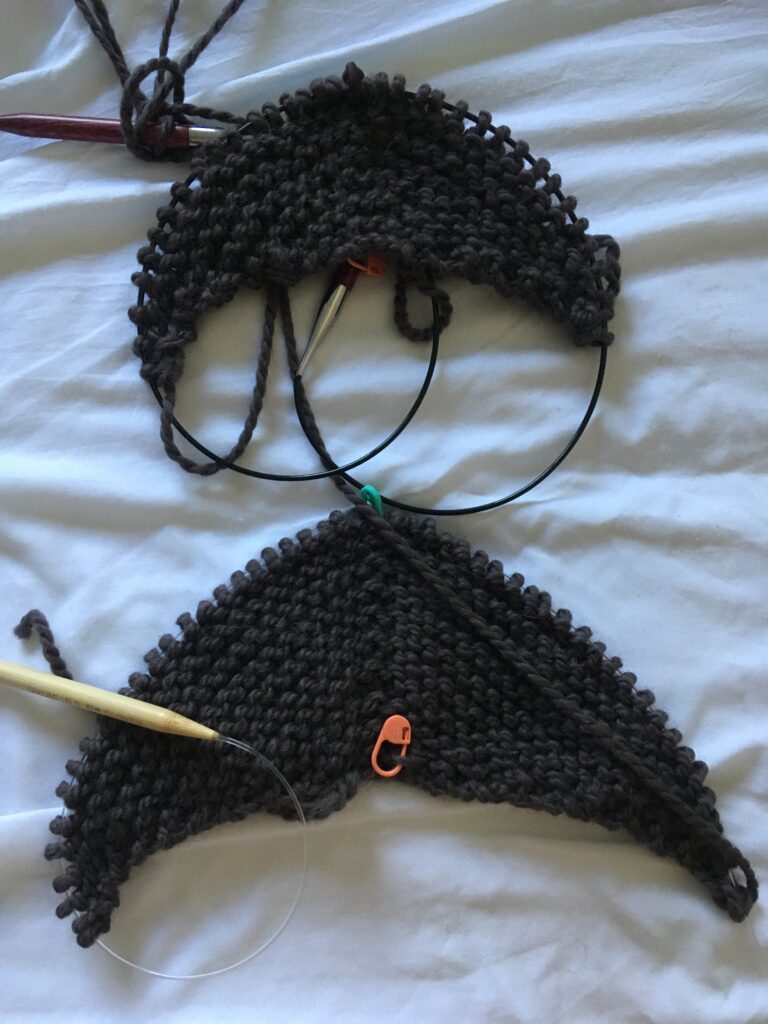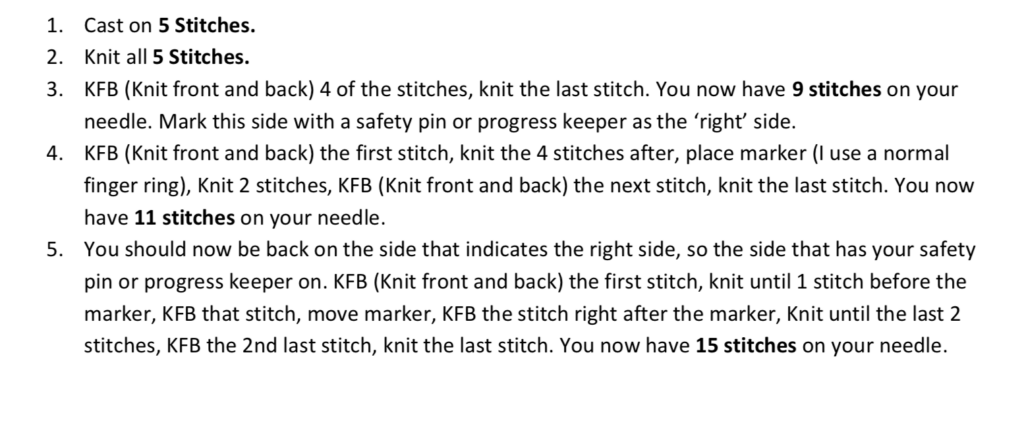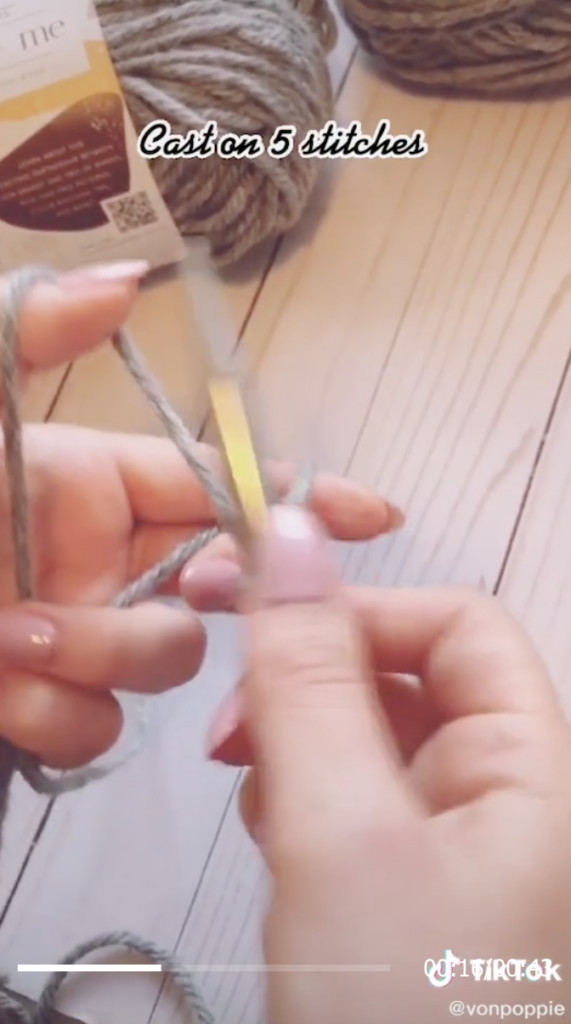This week in class we did an Ed Camp. The idea of an ed camp is that all the participants suggest topics that could be discussed and then they vote on which topics will be part of that ed Camp. The different topics separate out different parts of the rooms to have conversations on the topic. Then the participants can move between the different conversations as they wish.
In our ed camp I stayed mostly in the conversation about how to incorporate nature and outside time into our classes. We talked about some of the examples where we have either been in or have taught classes that went outside. I shared that I was a TA for a biology class where we went outside to Finnerty Gardens during our plant week. I found that the students really liked going outside. They got to see the different environments that the different plants are found in, instead of just seeing them as cuttings or slides in the lab.
Some other people also shared their concerns with taking students outside such as the possibility that students would leave the class, get hurt, or not have proper clothing for different types of weather.



